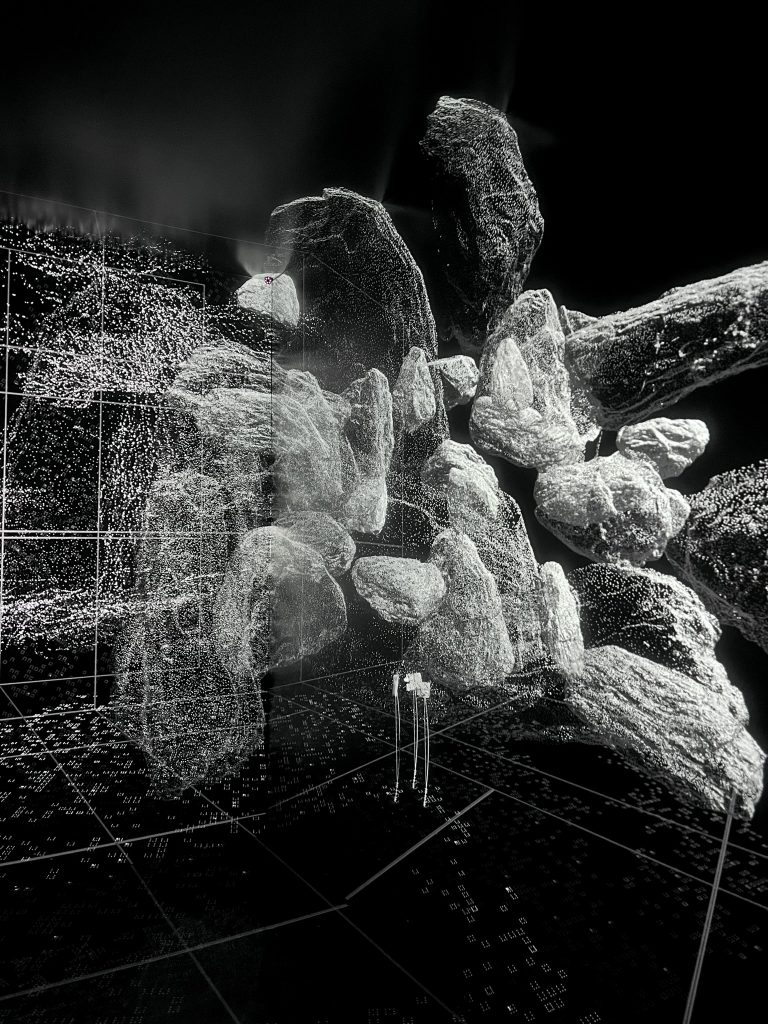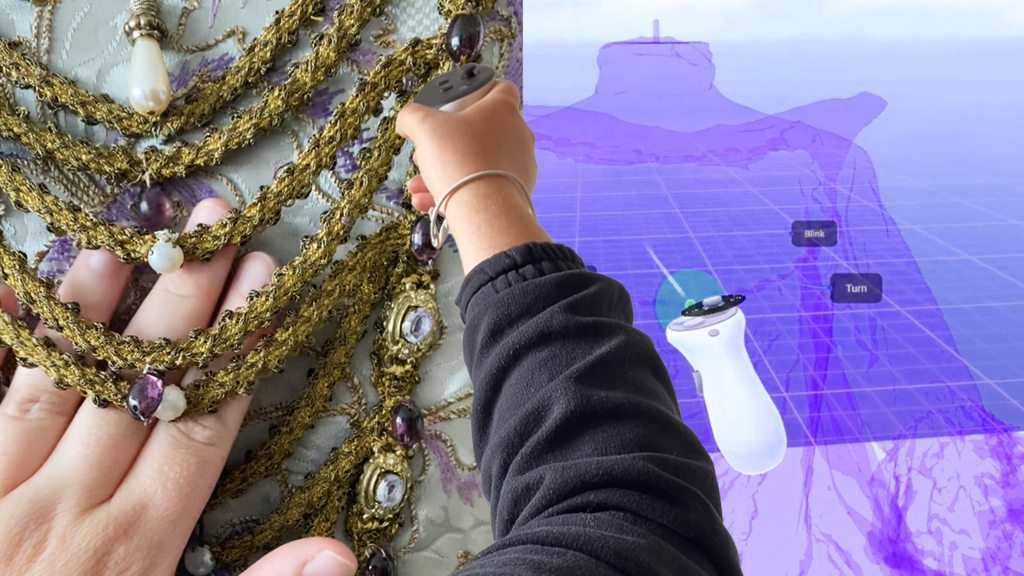
Merging Visions by Merve Şahin
In the framework of S+T+ARTS EC(H)O – Challenge 8: Urban Digital Twins
The project
Merve Şahin’s Merging Visions project addresses the challenge of communicating the transformation of the Salzburg Festival site by reimagining digital twins through artistic and immersive storytelling. The core concept is “Expanded Immersive Twins,” extending digital twins to incorporate cultural, ecological, and historical layers of the heritage-protected urban environment. The project involves a mixed reality installation where 3D models and scans of the site and its archives are transformed into speculative digital landscapes. The technical output includes developing tangible user interfaces (physical models augmented with digital layers via AR sensors) that enable users to physically interact with and navigate the virtual content, translating scientific datasets (like user movement and geological structures) into interactive visualizations.
Hosted by: HLRS + Media Solution Center & Salzburg Festival
The artist
Merve Şahin is a Vienna-based architect and researcher who specializes in using architectural and digital representation techniques as a medium for visual storytelling. Her work aims to uncover the socio-political and historic layers embedded in public spaces by creating immersive drawings and animations that reveal both tangible and intangible layers of the built environment. Her mediums include parametric 3D-modeling, vectoral mappings, digital renderings, and data visualizations, which she uses to explore the digital turn’s impact on public spaces through speculative, engaging digital formats. Her residency project, Merging Visions, focuses on transforming urban digital twins into exploratory digital installations that can be experienced by audiences using XR technologies (Augmented Reality and Virtual Reality). By applying this approach to the Salzburg Festival use case, she aims to overlay physical spaces with electronic data to bring the rich historical, social, and cultural layers of urban environments to life. The artistic implementation will develop innovative visualization methods to incorporate crucial parameters like CO2 emissions, material usage, and ecological/social impact into architectural representations, fostering awareness for the construction industry.


